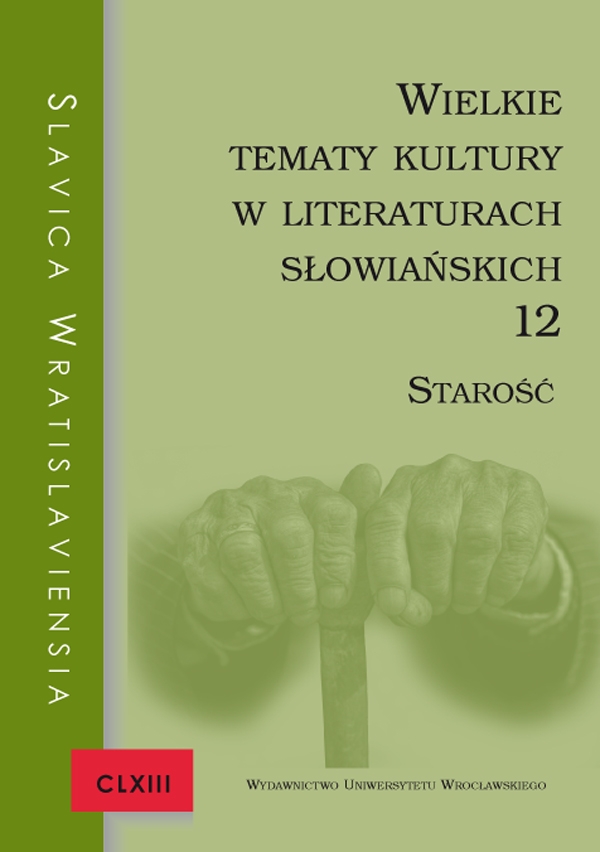

Articles

Senescence counted not only in yearsin Ruthenian mourning literature 17th century
In Ukrainian and Belarusian 17th century literature of mourning there is no one common to all the authors vision of old age. It was presented as adifficult state, filled with suffering and even dangerous for those whom mental and bodily weakness prevented the holding of penance-delayed too long. At the same time, this grim vision coexisted with the optimistic picture of the autumn of life active and fruitful in creative activities. Old age was the penalty for sin, but also one way of moving away from him and sourcing selection everlasting. Old age was sometimes synonymous with maturity, wisdom, young people, could be asymbol of duration in sin.
Despite that dra ws certain tendency to recognition of the topic related to the fact that these considerations were partly subordinated to panegyric, and above all pastoral goal. Traditional mourning for the composition elements: to show the size of the loss, mourning the dead or solace grief of the living, most often occur as acomponent of moral exhortations and instructions. The explanation of this trend must be sought in an environment of contemporary authors’ funeral compositions. They were mainly representatives of the intellectual elite of clerical: priests, bishops and archimandrites; church reformers at the same time, cultural activists, workers and publisher. So those who took on their shoulders the renewal of religious life and spiritual and cultural life in The Metropolitanate of Kiev, realizing it and by disseminated in mourning texts role models and moral attitude.
Старість не тільки роками вилічуванав руській траурній літературі 17 століття
В українській та білоруській жалобній літературі 17-го століття відсутнє спільне для всіх авторів бачення старості. Вона зображена передусім як складний стан, наповнений стражданням, особливо небезпечний для тих, кому психічна та тілесна слабість не дозволила здійснити надто довго відкладуваного покаяння. Водночас цей похмурий образ співіснував з оптимістичною картиною осени життя — активної і плідної творчою діяльністю. Старість була водночас покаранням за гріх, засобом відходу від нього і здобування доброї вічності. Іноді — синонімом зрілості, мудрості молодих, або символом гріховного існування.
Попри ці суперечності у підході до проблеми старості можна простежити певну тенденцію використання теми. Вона пов’язана з фактом часткового її підпорядкування панегіричній та, перш за все, пастирській меті. Традиційні елементи траурних композицій: зазначення розміру втрати, оплакування померлого, заспокоєння душевного болю живих — найчастіше виступають як компоненти моральних настанов та інструкцій.
Пояснення цієї тенденції слід шукати в середовищі авторів — в основному представників інтелектуальної еліти, насамперед духовної єпископи, ігумени та архімандрити, в той же час церковних реформаторів, культурних діячів, видавців. Отже, це були подвижники оновлення релігійного та духовно-культурного життя в Київській Митрополії, які реалізували його, між іншим, шляхом поширення в траурних текстах життєвих взірців та зразків моральної поведінки.